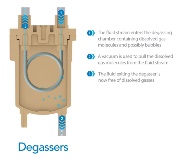

-
Next-Generation HPLC Degassing
Apr 3, 2020 by IDEX Health & ScienceWhen analytical scientists review their HPLC laboratory set-ups, they typically have a couple goals in mind. How can we enhance the performance of the system and produce repeatable, certifiable results? What methods could we implement to increase the efficiency of the system? To work through these goals, an often overlooked but key element to consider is the degasser.
Full story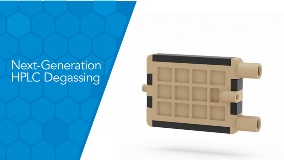
-
3–Photon Imaging Enters the Mainstream
Mar 16, 2020 by IDEX Health & ScienceIf you work with multiphoton microscopy, three–photon imaging allows you to image even deeper into tissues with improved contrast.
Full story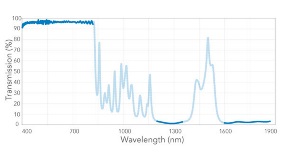
-
Research and Innovation that Develops HPLC Technologies
Mar 13, 2020 by IDEX Health & ScienceBusinesses in the analytical laboratory market are constantly looking for modern management and productivity processes to adopt. Methods are increasingly developed using QbD (Quality by Design) principles and are subject to active life cycle management. The main goals of innovating and adopting new technologies include repeatable and certifiable performance, maximum efficiency and cost-effective operation, along with improved environmental awareness.
Full story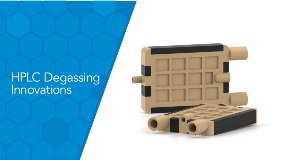
-
Product Development Process
Mar 4, 2020 by IDEX Health & ScienceOur Product Development Process (PDP) helps align our team with our customers’ needs to create quality product in a predictable time frame.
Full story
-
Enhance Instrument Precision With Degassing
Jan 13, 2020 by IDEX Health & ScienceUtilize degassing in your fluidic path to remove dissolved gases from fluids before they outgas and form problem-causing bubbles.
Full story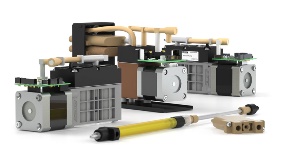
-
Reagent Management
Dec 9, 2019 by IDEX Health & ScienceWhen designing integrated microfluidic consumables, it is important to understand the assay workflow, the functionality of the consumable, and how to scale the consumable for the markets you are looking to penetrate. All aspects of microfluidic consumable design can be carefully reviewed and strategically implemented with what we call an Assay and Reagent Plan.
Full story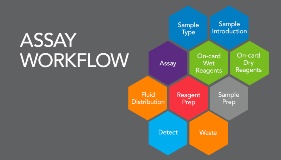
-
Team Up with Optofluidic Experts
Sep 16, 2019 by IDEX Health & ScienceLife science instruments are typically designed and developed by experts from various specialties. These experts are primarily focused on differentiating their own core technology in fluidics, imaging and illumination, microfluidics, and sub-systems. When it comes time to commercialize their science into an engineered solution, problems can arise.
Full story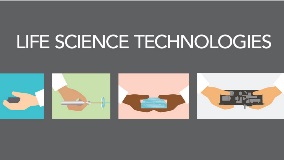
-
Fluid Management for Liquid Chromatography & Mass Spectrometry
Aug 19, 2019 by IDEX Health & ScienceLife Science instrument designers face many challenges when incorporating a fluid delivery system into an instrument. Many instruments on the market use a single positive displacement dispense pump because they are compact and easy to integrate. These systems force designers to make multiple compromises because pump displacement volume, pressure handling, flow rate, and flow duration are all interrelated. How can you achieve accurate, stable flow rates with unlimited flow in your liquid chromatography and mass spectrometry instruments?
Full story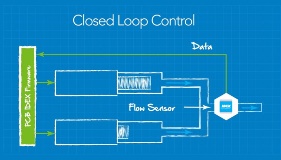
-
Extend the Lifetime of UHPLC Columns with a Compact Valve
Jul 23, 2019 by IDEX Health & ScienceEvery time a traditional UHPLC valve is rotated to make an injection in a UHPLC system, the pressure of the mobile phase flowing through the column fluctuates. When switching from load to inject, the system experiences a 11,000 psi (758 bar, 76 MPa) pressure drop. In addition to the injection pressure drop, the column also experiences a pressure drop when the valve switches back to the load position from the inject position. Over time when switching the valve repeatedly, these pressure drops can disrupt column packing and cause the column to experience an early lifetime failure.
Full story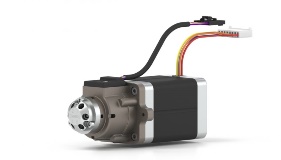
-
Degassing Method
Jul 18, 2019 by IDEX Health & ScienceDuring reagent handling or at the connection junctions, even small changes in the fluid path can cause dissolved gasses to occur in a solution. Factors including pressure, temperature, and chemical mixing are sources of bubble formation. Bubbles in the fluid stream cause detection variables, which can produce unstable, wandering, or noisy baselines. How do you prevent these variable changes in your fluid path? A Degasser
Full story